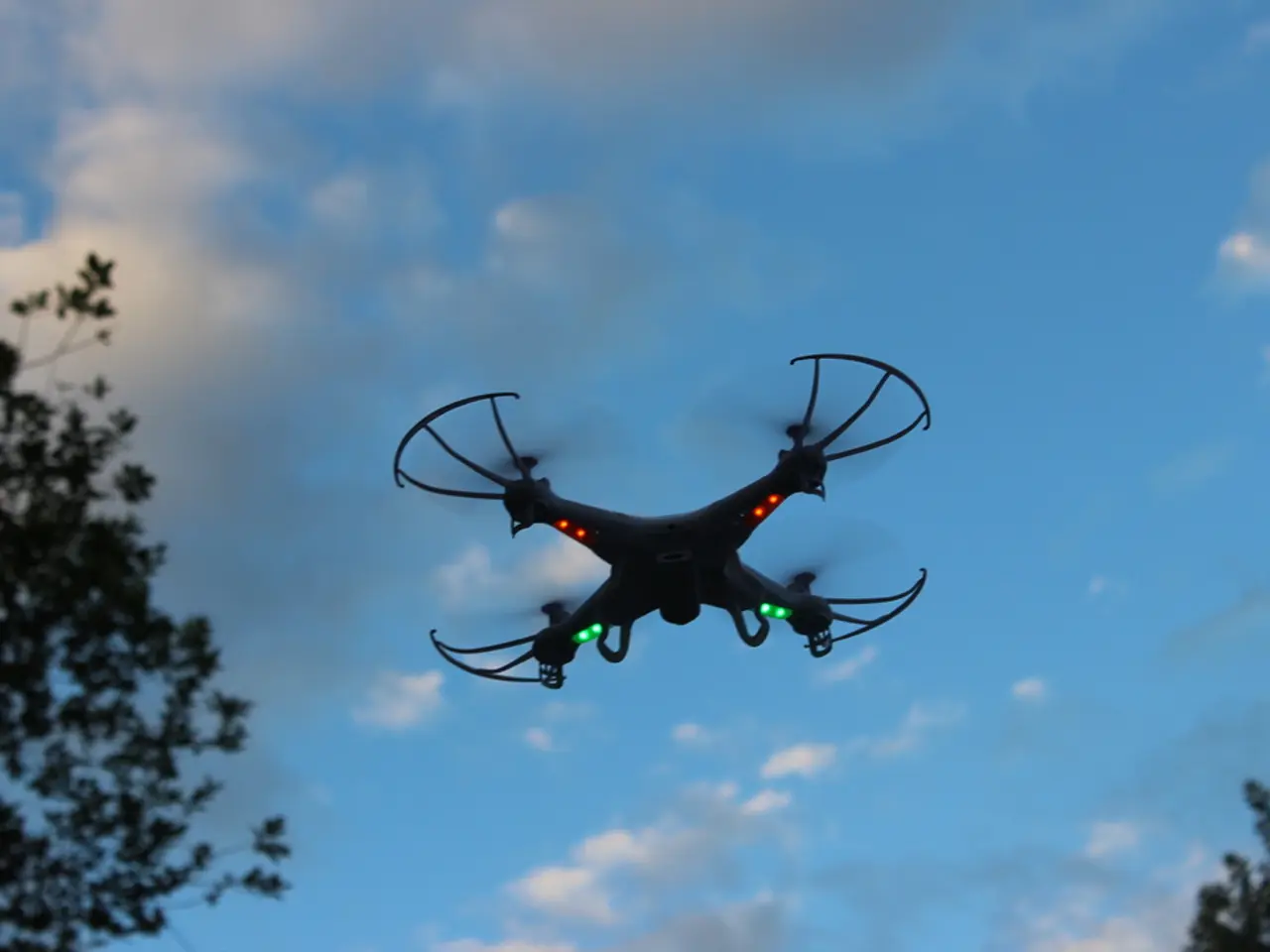Understanding Dilution of Precision (DOP): Its Operations Explained
Dilution of Precision (DOP) is a crucial factor in the accuracy of GPS or Global Navigation Satellite System (GNSS) positioning for drone operations. DOP quantifies how satellite geometry affects positional error, with lower DOP values indicating higher positional accuracy and vice versa [1][2].
DOP is divided into several categories, each pertinent to drone use:
- HDOP (Horizontal Dilution of Precision): This category affects the accuracy of latitude and longitude measurements.
- VDOP (Vertical Dilution of Precision): This affects the accuracy of altitude measurements.
- PDOP (Position Dilution of Precision): This combines 3D positional accuracy (horizontal + vertical).
- GDOP (Geometric Dilution of Precision): This includes positional accuracy plus timing accuracy [1].
In drone operations, low DOP values are essential for reducing errors in geotagging aerial imagery, generating accurate orthomosaics and 3D models, and ensuring reliable autonomous flight paths. Flight planning software often provides DOP forecasts, enabling operators to choose optimal flight windows when satellite geometry is favourable, minimising positional errors and reducing the need for mission repeats or extensive post-processing [1].
For instance, in an example provided, the PDOP for a morning flight was 1.2, while in the afternoon it rose to 3.8 [3]. High PDOP values, such as 5.1 or more, are risky for survey-grade operations, as positional errors can exceed several meters [1].
Supplementing drone operations with Real-Time Kinematic (RTK) or Post-Processed Kinematic (PPK) systems can further improve Dilution of Precision for survey-grade operations [1].
Dilution of Precision is critical in any operation relying on GPS or GNSS for location accuracy, including drone flight planning, surveying and mapping, autonomous vehicle navigation, maritime and aviation positioning, and timing synchronization in telecom and power grids [1][2].
Moderate DOP values, such as 2.1 to 5.0, are sufficient for general navigation and inspections, while a low DOP value of 1.0 to 2.0 is ideal for precision mapping, LiDAR scanning, and photogrammetry [1]. Values under 2 are considered excellent, 2-5 are good to moderate, and anything above 6 indicates poor positioning accuracy [1].
Signal strength does not directly affect DOP. Weak signals or interference affect the ability to receive accurate data, which can compound errors [1]. Good DOP values indicate better positioning accuracy, making them essential for accurate and reliable drone data collection and navigation [1][2][3].
References: [1] DroneDJ [2] GPS World [3] Unmanned Aerial Online
Smart-home devices and gadgets can leverage advanced technology such as satellite navigation to enhance their functionalities. For instance, drones equipped with GPS or Global Navigation Satellite System (GNSS) can benefit from low Dilution of Precision (DOP) values, as they ensure better positioning accuracy, essential for geotagging aerial imagery, generating accurate orthomosaics, and maintaining reliable autonomous flight paths. In such cases, the technology used in smart-home devices can intersect with the technology used in drones, contributing to their overall accuracy and efficiency.




